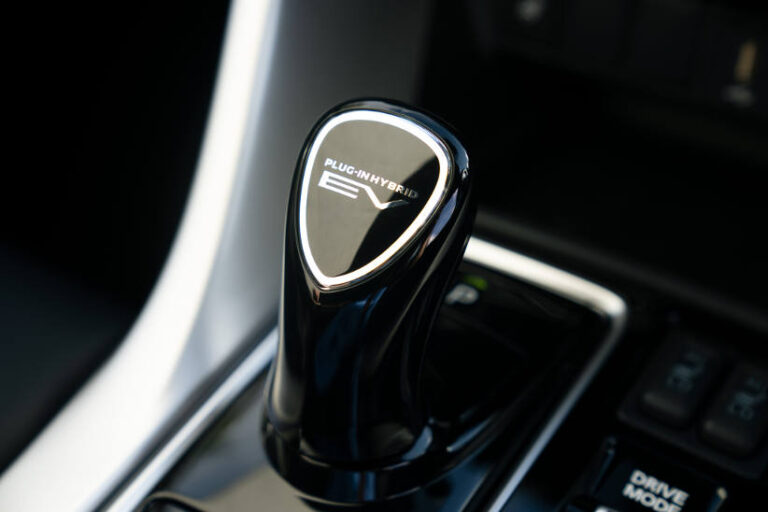Australia’s new car market recorded 108,606 sales in March 2025, reflecting a modest 0.9% decline compared to the same month last year. The drop comes despite strong light commercial and SUV sales and a major surge in Plug-in Hybrid Electric Vehicle (PHEV) sales ahead of a tax change.
Once again, Toyota held its crown as Australia’s top-selling brand with 20,541 vehicles delivered in March, securing an 18.9% market share. Ford followed with 8,232 sales, then Mazda (8,000), Kia (7,307) and Mitsubishi (7,265) to round out the top five brands.
The top five selling vehicles in March 2025 were:
- Ford Ranger – 4,932
- Toyota RAV4 – 4,321
- Toyota HiLux – 4,081
- Mitsubishi Outlander – 3,005
- Toyota Prado – 2,871
The Ford Ranger returned to the top spot, despite recording a 12.9% decline in volume compared to March 2024. Toyota’s RAV4 and HiLux followed closely, the latter seeing a slight increase of 2.2%. The Mitsubishi Outlander posted a healthy 8.7% gain, while the Toyota Prado surged 543.7% year-on-year thanks to new stock arrivals and strong interest in large SUVs.
One of the most notable debuts in the top 10 was the BYD Shark 6, with 2,810 units sold in its first month on sale – a promising sign for the Chinese carmaker as it expands beyond passenger EVs.
Despite growing choice – with 89 EV models now available in Australia – fully electric vehicle sales declined to just 4.9% of the total, down from 9.5% in March 2024. FCAI Chief Executive Tony Weber described the trend as “a critical point in transitioning to a lower-emission vehicle fleet,” adding, “The early adopters have acted but the rest of the vehicle-buying public has not followed.”
PHEVs, on the other hand, saw a 380% surge in sales. This spike was driven by consumers moving quickly before the Commonwealth Government’s Fringe Benefits Tax (FBT) exemption for PHEVs expired on 1 April.
Overall, the SUV segment continued its dominance, with 65,747 units sold (up 1.7%), followed by light commercials at 24,560 (up 6.5%). Passenger vehicles continued their slide, down 19.6% year-on-year.
State-based results varied. Western Australia and Tasmania saw the strongest growth, up 9.1% and 10.2% respectively. Queensland recorded the steepest drop, down 6.8% on March 2024.
The March figures underline the growing divide between supply and demand in Australia’s low-emissions transition. While more electrified models are reaching showrooms, consumer adoption is lagging – particularly for full battery electric vehicles. This raises questions about how the upcoming New Vehicle Efficiency Standard (NVES) targets will be met.
As the market adapts to changing policies and consumer preferences, brands offering a wide mix of hybrids, PHEVs and internal combustion models are well-positioned to navigate what continues to be a transitional year for the automotive sector.






